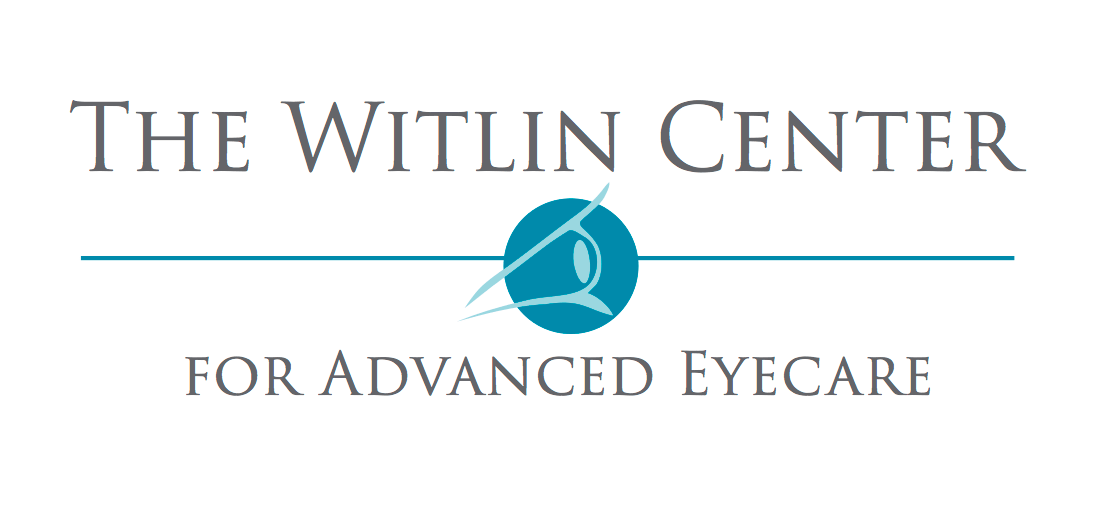
01 Apr LipiFlow is Your Answer to Fighting Meibomian Gland Dysfunction
Dry eye syndrome is a common condition in the United States, especially among older people. While the condition does not threaten your vision, it is uncomfortable and irritating and, if left untreated, can impact the quality of your life. Meibomian gland dysfunction (MGD), a widespread eye problem, is the most common cause of dry eye syndrome.
You have 25-40 meibomian glands in your upper eyelid and 20-30 in your lower eyelid. These glands secrete oils that help keep your eyes lubricated and protected. The oils ensure that your tears don’t evaporate too quickly.
If these glands are blocked or damaged, the oils that these glands produce don’t make it to the surface of your eye when you blink. As a result, your tears evaporate too quickly.
What are the risks and symptoms of MGD?
Anyone can get meibomian gland dysfunction, but people over 40 are at a higher risk. Other risk factors include:
- Being of Asian descent
- Wearing eye makeup
- Wearing contact lenses
Certain medications — such as estrogen replacement therapy, retinoids, and drugs that reduce the hormone androgen — may also be risk factors for the condition.
Symptoms of Meibomian gland dysfunction and dry eye syndrome include:
- Red eyes
- Itchy eyes
- Irritated eyes
- Blurred vision
- Feeling like you have dirt or sand in your eye
Another condition connected to meibomian gland dysfunction is blepharitis, which is an inflammation under the eyelid. It’s not uncommon to have multiple eye conditions.
What is LipiFlow® and how does it treat meibomian gland dysfunction?
There are several treatment options to reduce symptoms of MGD, such as:
- Eyedrops to keep your eyes moist
- A warm towel over your eyes to make them feel better
- Cleaning or scrubbing your eyelids to remove debris
Some eye doctors may prescribe steroids to reduce inflammation and suggest omega-3 oils to reduce inflammation and irritation.
LipiFlow helps unblock your meibomian glands with a simple 12-minute in-office treatment. This treatment helps release the oils needed to lubricate your eyes properly and helps restore the balance of your tears and oils.
The LipiFlow device uses heat on the inner lids to help release blockages while simultaneously applying pulses of general pressure on the outer lids to help loosen debris and other materials causing the obstruction.
The LipiFlow device is designed to focus only on the glands so that the heat and pulses don’t affect any other areas of your eyes.
Once the glands are cleared and functioning properly, then the oily layer of your tear formulation is restored and your evaporative dry eye syndrome or blepharitis is resolved. Full recovery usually takes about four to eight weeks.
Don’t ignore symptoms of dry eyes. If left untreated, meibomian gland disease can lead to corneal disease.
For more information on how LipiFlow can eliminate meibomian gland dysfunction and dry eye symptoms, call one of our three the Witlin Center for Advanced Eyecare locations in Morristown, East Brunswick and Toms River, New Jersey.


Sorry, the comment form is closed at this time.